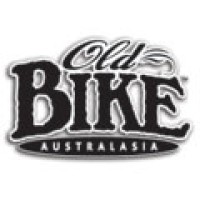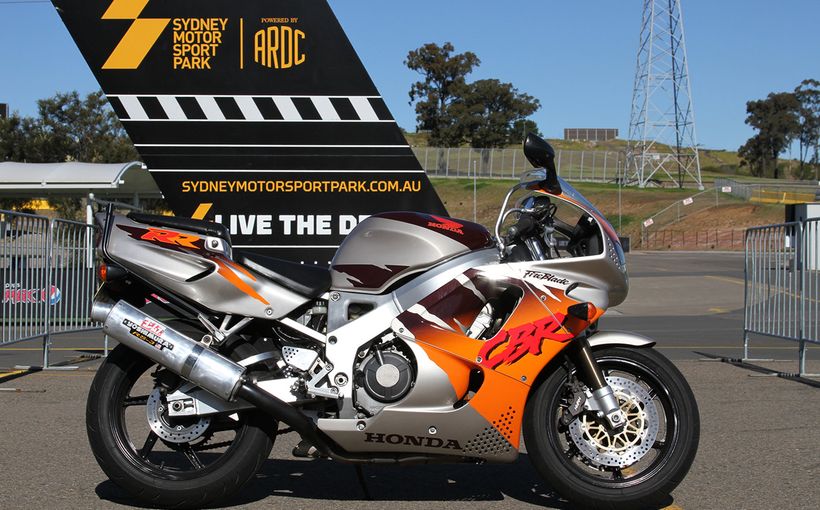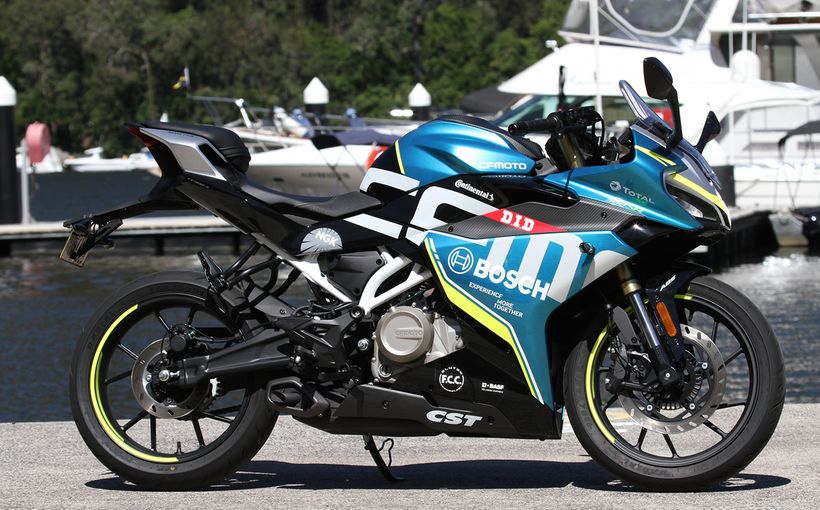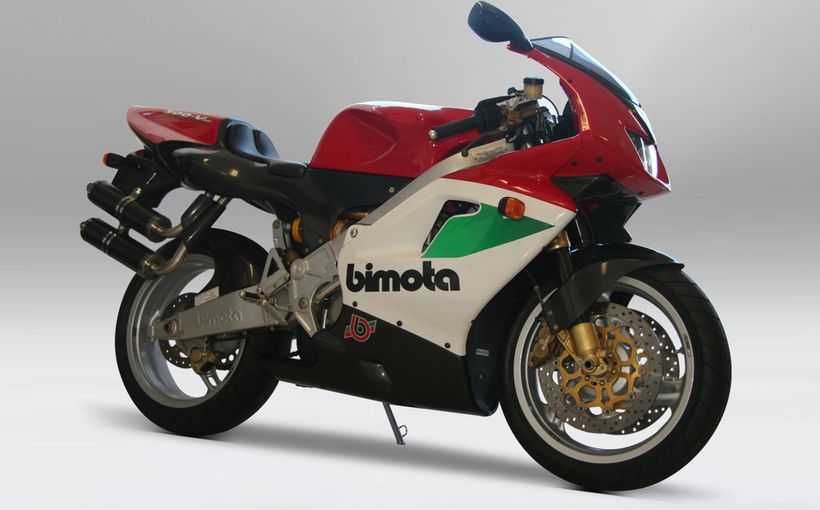Old Bike Australasia: 1932 500cc Rudge - Something Very Special

The seat of this the delectable ex-works 1932 500cc Rudge has been graced by many famous riders, including, at the 1932 Isle of Man TT, the legendary Graham Walker. Graham, who went on to become editor of Motorcycling magazine (“The Green ‘un”) and father to Murray ‘the voice’ Walker, brought this machine home in sixth place in the 1932 Senior TT. Serving in the First World War, Graham suffered a serious leg injury, and this disability meant his machines were always fitted with a unique rear brake and footrest to enable him to operate the control.

This particular machine was built by the Rudge works in 1931. Following Walker’s sixth place in the TT, the Rudge went on to claim victory in the Dutch and Spanish Grands Prix, and third in the Ulster. At about this time in New Zealand, Sid Moses was well known as a Rudge rider, competing regularly on the gravel circuits of the day, first on a Rudge Special and later on an Ulster. In 1932 he finished second to Alf Mattson’s Norton International in the New Zealand Senior TT, a performance which led to his selection to represent his country at the Isle of Man TT in 1933. Aboard a Velocette he finished 13th in the Junior, winning the Nisbet Trophy, which was awarded for ‘Pluck and Endurance’ – the trophy awarded in this case as Sid was carrying injuries after a crash in practice. He also rode a Rudge in the Senior TT but failed to finish. His real prize was in successfully bidding for Walker’s works machine, which he brought home to New Zealand, where he took it to victory in the NZ Senior TT on Waiheke Island. The following year he repeated the feat but decided it was time to hang up his helmet and the Rudge was sold to Arthur Bradley from Nelson. Once again, the Rudge took the chequered flag in the NZ TT to make it three wins on the trot. Five years later, Bill Grey added another NZ TT to the Rudge’s rich CV.
The next owner appears to be John Dale who took it to numerous successes, including the 1936 NZ Beach Racing Championships at Muriwai where it was electronically timed at 116.88 mph one way (a two-way average of 107.78 mph) which was an astounding speed at the time, and still respectable today. Post war, the Rudge passed into the hands of Gordon Stewart and built up a long list of successes including the NZ Airstrip Championship at Seagrove in 1950. Its last outing with Gordon at the controls was the NZ TT at Mangere in 1954. Gordon, who owned a Chevrolet taxi, put the old Rudge to one side and got on with business, until one day he went to collect his taxi from a mechanic, one Ron Peters, who had performed a valve grind on it. Instead of cash, the Rudge was accepted as full payment. Thereafter, Ron rode the racer to work for three years, with his mother push-starting him in the mornings!

After a few more owners it was acquired by two brothers who had visions of restoring it, and divided the machine up between them to share the workload. One took the engine and gearbox, the other the rolling chassis. Regrettably, the brothers had a falling out and no progress was made, the parts remaining separated. Many years passed until Fred Priestly followed up a lead and located the engine under a work bench in Auckland, covered in sawdust. After a bit of haggling Fred managed to buy the motor, although he had no idea what he was going to do with it. More time passed until in 1965 Fred had an amazing stroke of luck when discussing his plight with his mate Roger Crabb. Roger replied that he too had somewhat of a quandary, in that he had recently picked up a frame, forks and wheels which had been destined for the tip, but did not know what it was. Yes, incredible as it seems, it was the missing skeleton of the works Rudge!
Even with his collection of bits now substantially increased, Fred did nothing with the remains for 20 years. Enter Norm and Linda Maddock, who struck a deal in 1985 to buy the works Rudge, as well as restoring a 1928 500 Rudge for Fred’s son as part of the deal.
Although the Mddocks had the big lumps of the bike, there were many missing parts, including the petrol tank, handlebars and most of the controls. Over in the UK, the Rudge Enthusiatts Club had manged to negotiate with the Coventry Museum who held every drawing ever made by the Rudge factory. A list of drawings by part number enabled Norm to call up a blueprint copy of anything needed for the bike, and the blueprints obtained clearly stated that this was for the 1932 TT models, so could only apply to one of the four machines made for the factory riders. As Norm describes it, “An absolute goldmine!”
“We then went on to produce a petrol tank, handlebars and other components to the exact specifications. Unlike most motorcycle manufacturers, Rudge produced the entire motorcycle in their own factory, with the exception of the petrol and oil tank caps, which were made by Coventry Movements Ltd, and the steering damper which came from Andre.”
To achieve a restoration of this magnitude was naturally not an overnight job, but by 1996 the historic machine was once again a complete and functioning unit again, and it returned to the track for the February 1996 meeting at Pukekohe.
A closer look.
By 1932, Rudge, along with many other motorcycle manufacturers, was in deep financial strife as the Great Depression bit hard. Indeed, the Rudge Whitworth company lasted only until March 1933 before the receivers were called in. Even in those frugal times, the Rudges built for the 1932 TT sported several improvements, notably gear-driven magnetos located at the front of the engine, which supposedly gave better weight distribution. The engines themselves were claimed to be between 10 and 15 per cent more powerful than the 1931 models. Some weight was saved with an electron-alloy gearbox casing. The 500cc models had parallel inlet and radial exhaust valves, while on the 350cc and 250cc models all valves were disposed radially. The Rudge trademark coupled brakes were employed.

It was the last gasp of the works team, the running of which was taken over by Walker as a semi-private concern in 1933. The Maddock Rudge therefore is a snapshot of the final works specification of the glorious and much-revered marque.
My chance to ride the machine came on a wet and cold day at Pukekohe. I had long wondered why Rudge persisted with their unique method of wheel lacing, with the spokes offset to the brake drum side, but it was explained to me that Rudge felt the forces generated by the brakes required this pattern for strength and rigidity. A real work of art is the steering damper. Rudge correctly reasoned that to take one’s left hand off the bars at speed in order to screw the bakelite knob on or off could lead to a loss of control, so the damping is altered by a thumb-operated lever, just like the usual advance/retard. This operates a push-pull cable system that runs back to the damper on the steering head. Simple but highly effective, and it means that sufficient damping can be applied to stop the bike wobbling and weaving on the bumpy straights of yore, then wound back to allow it to be steered through the corners. On the big old road circuits with long, long straights usually linked by slow corners, this must have been a decided advantage.

The Rudge starts in a few paces and the twin exhaust pipes emit a glorious crackle. The whole bike feels small for a 500, and low, yet nothing dragged on the track during my ride. One thing you quickly learn is to get your weight over the rear, and off the sprung saddle. Failure to do this through the bumps and bends results in the bike dancing up and down, but once you get the weight distribution right it is as steady as a rock. In fact the lower you crouch and the further back you push yourself, the easier the whole show becomes.
In the few dry laps I managed to get, I was amazed at just how the Rudge steers and stops, for a motorcycle that is over 80 years old. The weight distribution and the precision of the front end just seems to work, and must have been confidence-inspiring during those seemingly interminable blasts down the straights of Ulster. Part of this secure feeling must be due to rigidity of the Rudge’s girder forks. Getting the friction damping right for girders under racing conditions is a complicated process of having enough to cope with bumps, without so much that the front end becomes virtually rigid. Around Pukekohe however, the Rudge eschewed all the usual porpoising traits and squirted quickly and purposefully over whatever the lap threw at it.

All in all, the machine was an absolute delight to ride – a real thoroughbred – and I am indebted to Norm and Linda for the opportunity to sample this pedigree racer that they rescued from oblivion and returned to its rightful place – the race track.
Protect your Rudge. Call Shannons Insurance on 13 46 46 to get a quote today.










